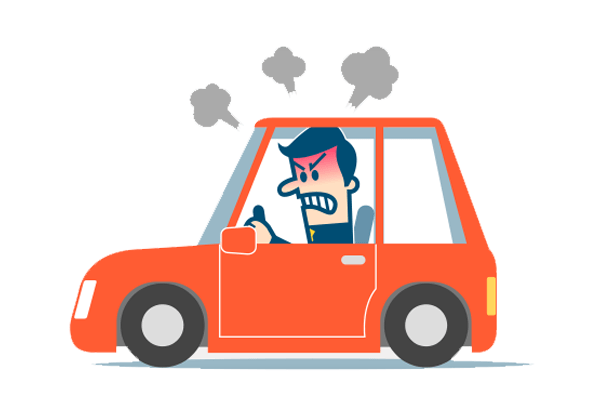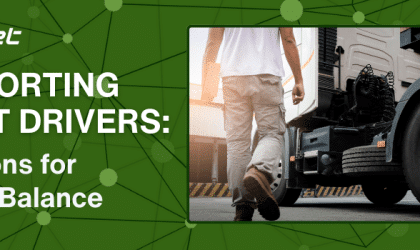Distracted Driving: Road Rage & Texting While Driving
Road Rage & Texting While Driving Result in Distracted Driving
Texting while driving has become a rising concern across North America. The Province of Ontario in Canada has implemented increased fines, and in the USA President Barack Obama has signed an executive order formally forbidding federal workers from texting while driving government vehicles. However, the road has been a dangerous place way before cell phones/smart phones were introduced, and road rage is still a major ongoing issue.
What’s Causing Distracted Driving?
Leasetrader.com conducted a survey including over 3,000 American drivers in order to determine the most dangerous distractions during driving. 18.3% of men agreed that the most dangerous distraction today is road rage, followed by eating/drinking (14.7%), checking out other drivers (10.9%) and other passenger conversations (9.5%). The women involved in the survey had different opinions. They ranked the primary distraction in driving to be kids in the car (26.3%), putting on makeup was the second highest ranked (16.6%), and navigation (9.5%), all above texting.
What exactly is Road Rage?
It is important to have a strong understanding of aggressive driving and road rage in order to execute fleet management policies focused on this topic. The AAA Foundation defines road rage as “violent anger caused by the frustration and stress involved in driving a motor vehicle – a motorist’s uncontrolled anger that is usually provoked by another motorist’s irritating act is expressed in aggressive or violent behaviors with an intention to cause physical harm.”
Frequent characteristics of an aggressive driver include:
- High-risk drivers, more likely to speed, drink and drive, or drive without a seatbelt
- Drivers with high levels of frustration and low to no concern for others on the road
- Motorists who disobey red lights, run stop signs, tailgate, speed, weave in and out of traffic, honk their horns, make facial or hand gestures, make unsafe lane changes
What Causes Road Rage?
As a motorist, you may have driving habits that are linked to other motorists’ aggressive driving. According to the 2014 Road Rage Report by NorthStar for Expedia, texting has surpassed tailgating in terms of behaviour that provoke the most anger in other drivers. Almost 7 of 10 American drivers surveyed agreed, ‘The Texter’ is viewed as the most aggravating driving behaviour, followed by ‘The Tailgater’ (60%), ‘The Multi-Tasker’ (54%), ‘The Drifter’ (43%) and ‘The Crawler’ (39%).
How to Avoid Road Rage:
- Avoid communication with an aggressive driver
- Do not engage with an aggressively acting motorist; do not respond with further negative behavior which may escalate the situation
- Drive responsibly, steer clear of aggravating driving behaviour
- Follow traffic laws including not texting while driving
- Report unsafe motorists to authorities when necessary
Along with a fleet safety policy, GoFleet’s sophisticated GPS fleet management system can help organizations develop company-wide management polices to enhance driver safety, improve driver behavior, and increase on-road productivity. GoFleet’s Geotab GO GPS tracking device offers reporting and driver notification on harsh braking, acceleration, and cornering, as well as if seatbelts are being worn and speeding above posted road speeds.
We are not simply a GPS fleet tracking company, we offer a fleet management solution. Contact GoFleet to learn more about how you can help your drivers avoid road rage, schedule an online demo, or get a copy of our fleet safety policy.
Original Article From Geotab:
http://www.geotab.com/blog/distracted-drivers-road-rage-texting-driving/


